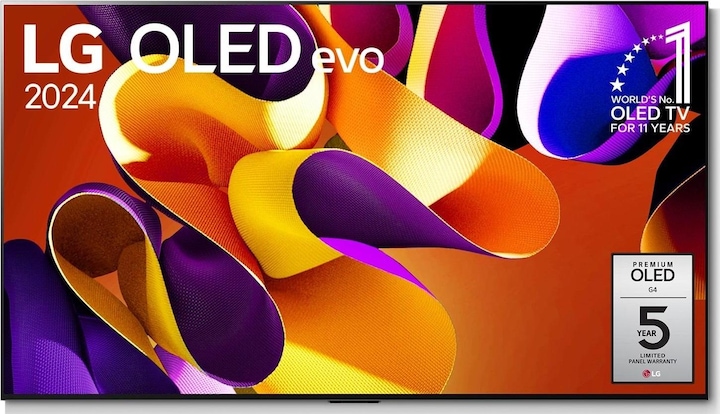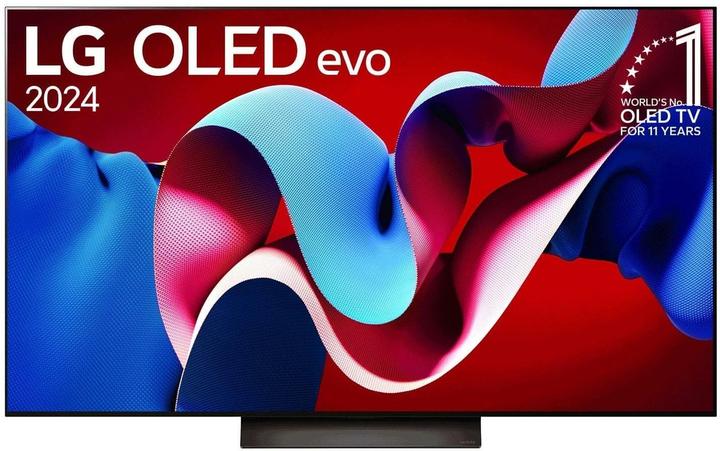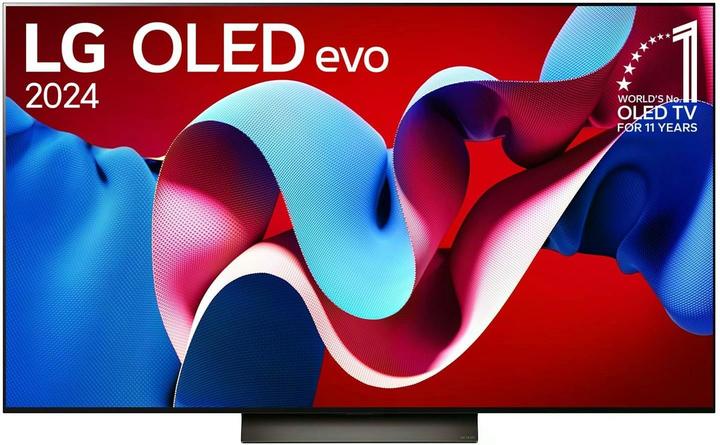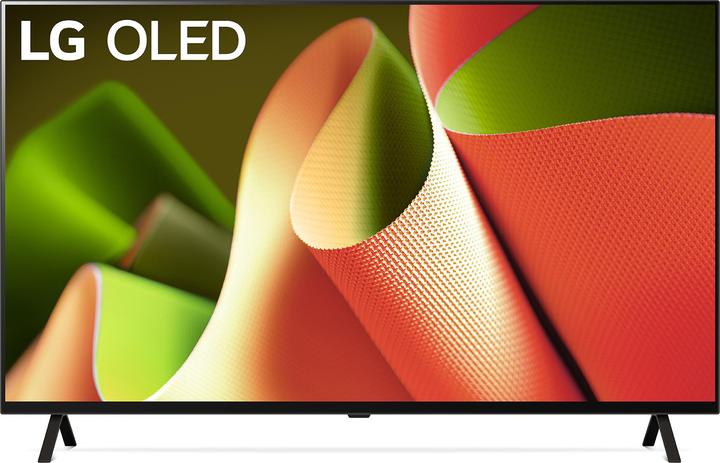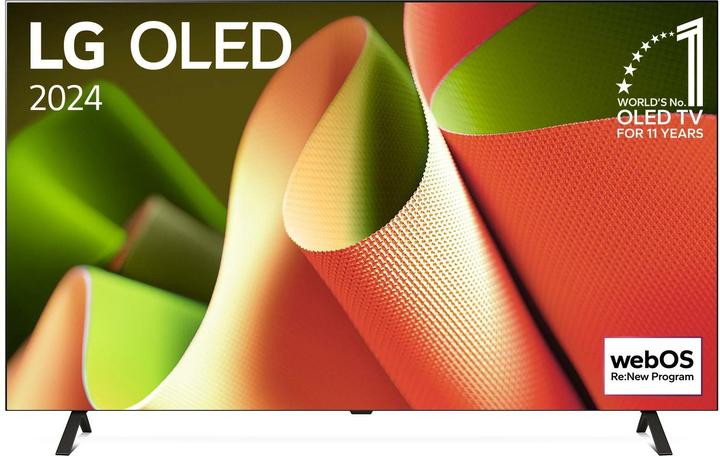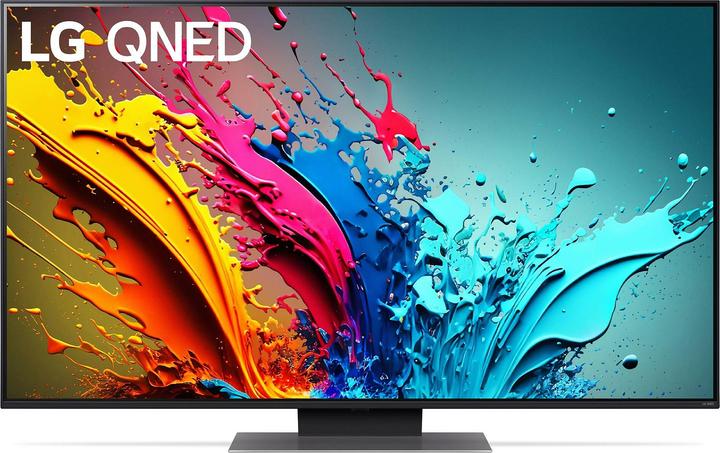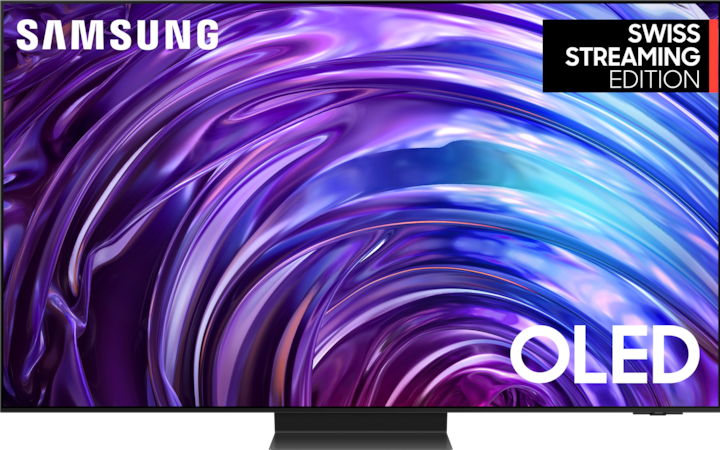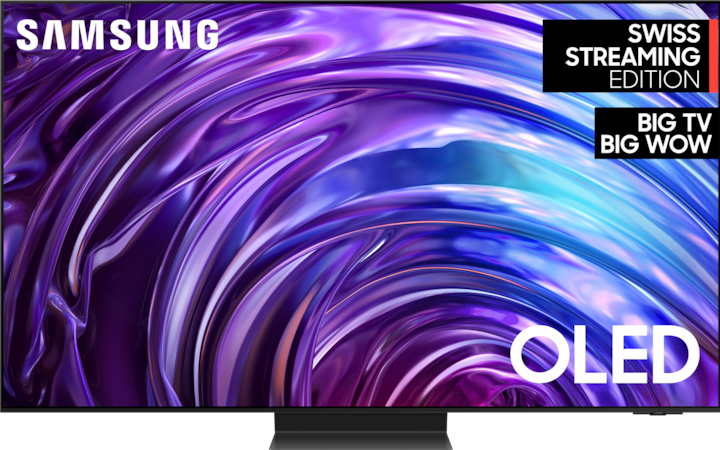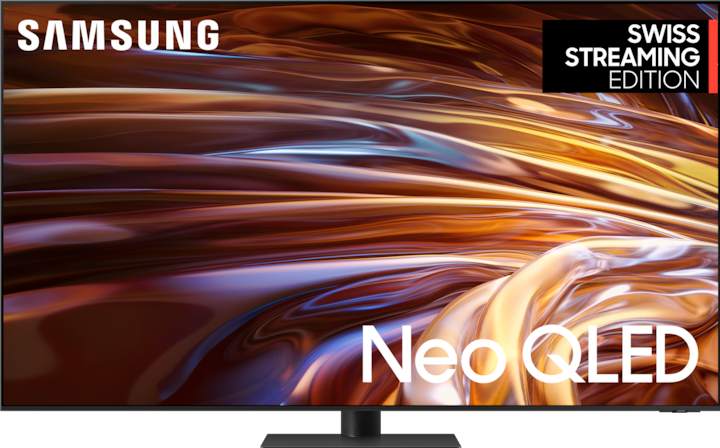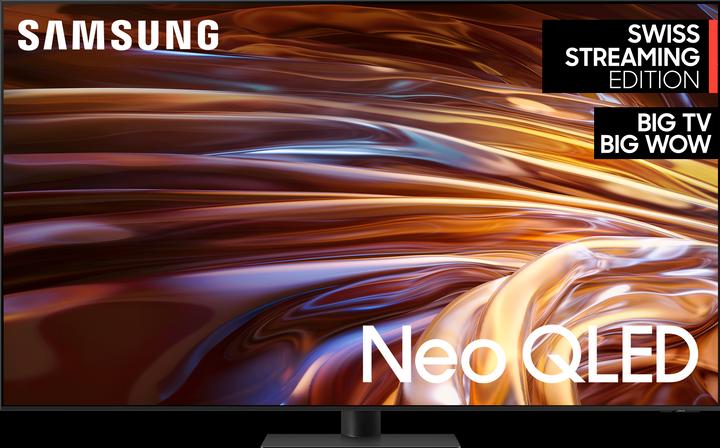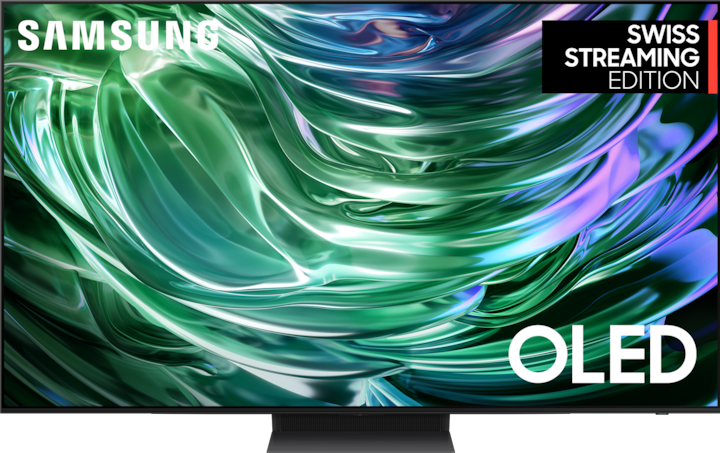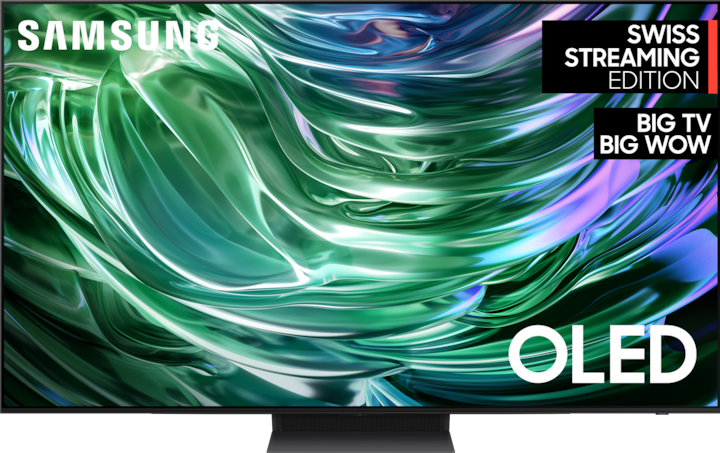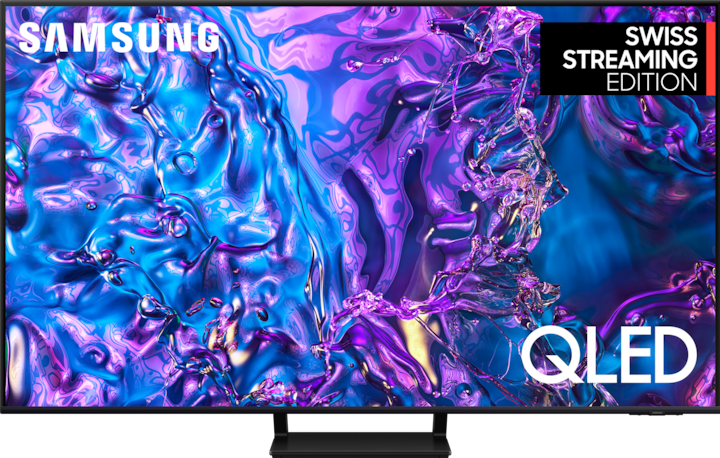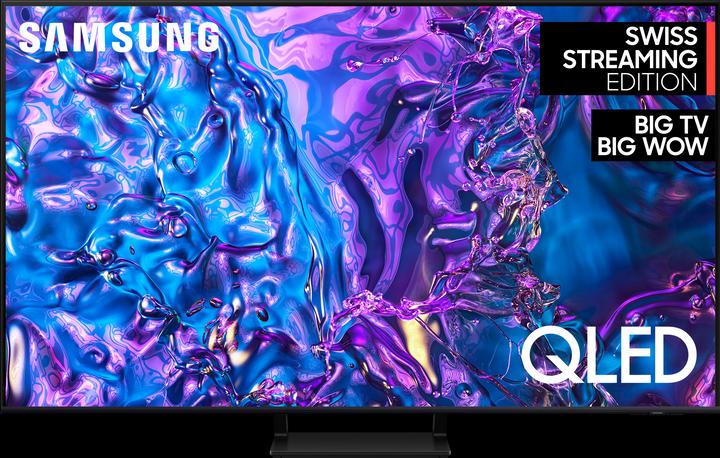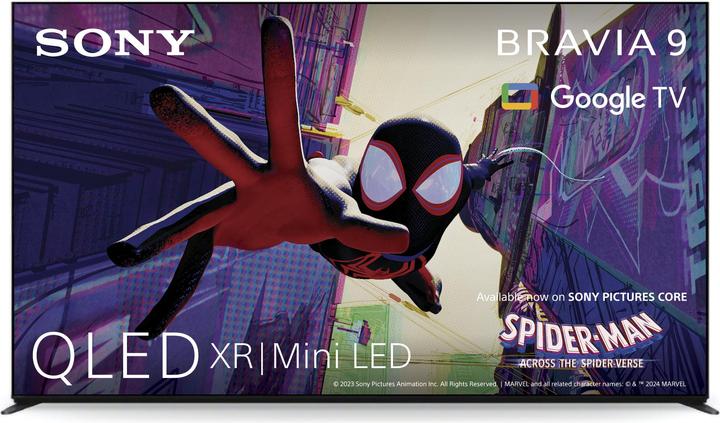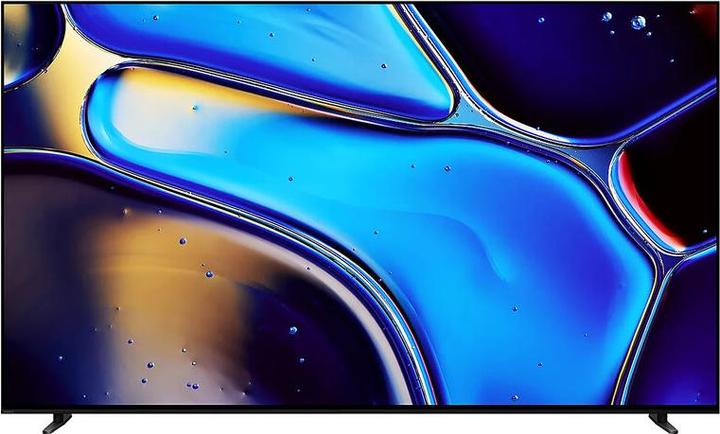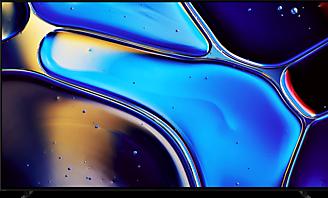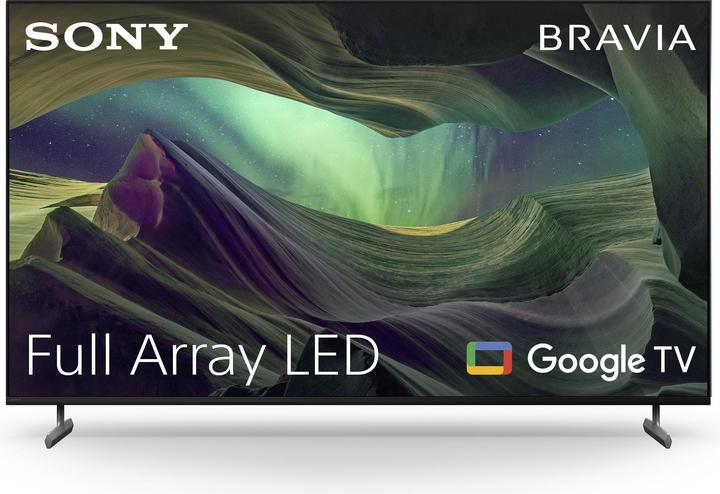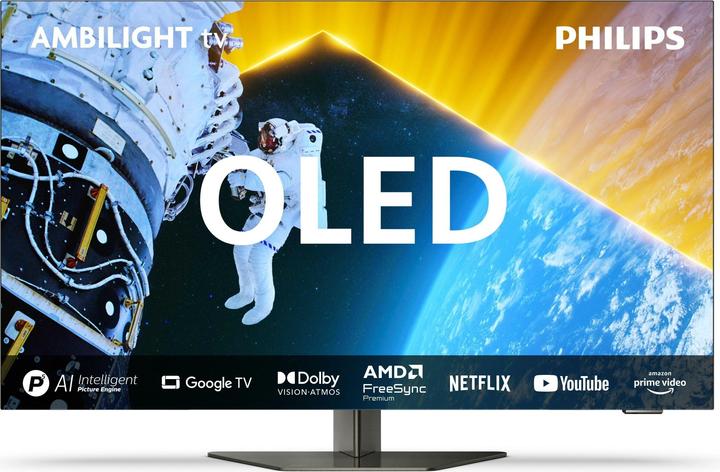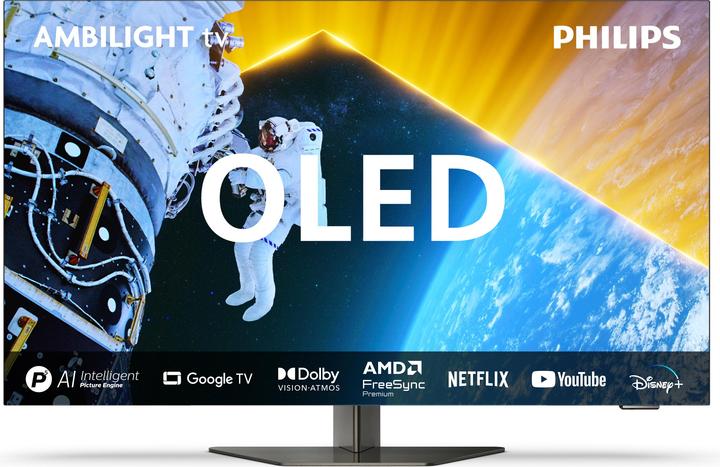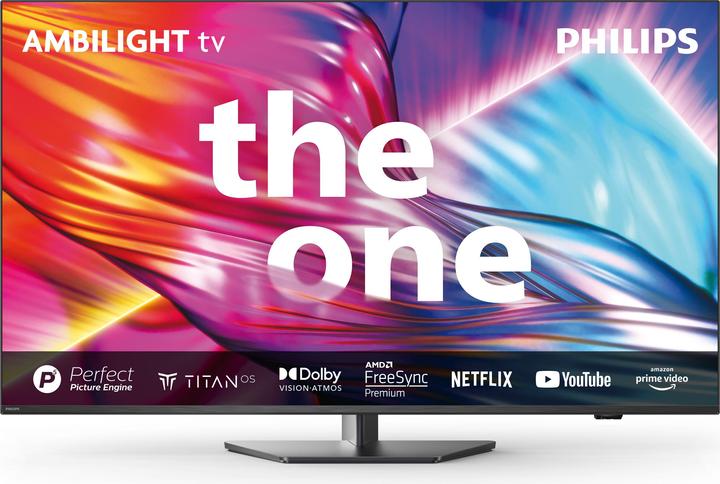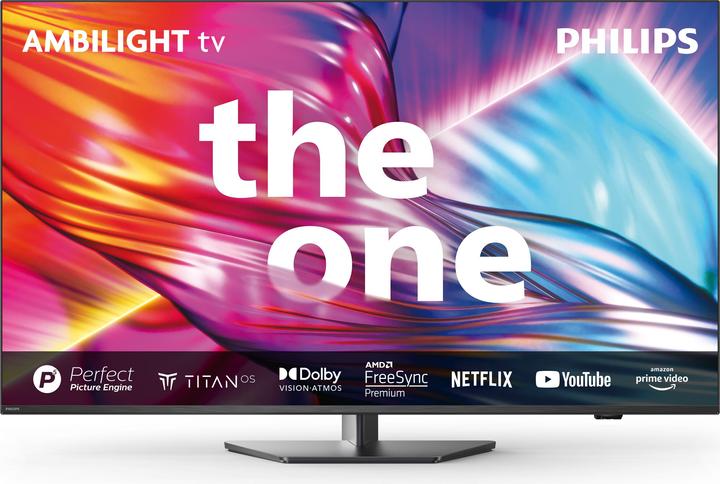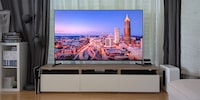

The ultimate TV guide: which TV should I buy in 2024?
Anyone looking to buy a new TV is faced with a maze of functions and technologies. Need a clear overview? And a few recommendations into the bargain? I’ll help you find your way.
«Hi everyone, can you help me? I’m looking for a new TV that will mainly be used for sports and gaming. What technology is currently best for this? I’m starting to get overwhelmed.»
I often read questions like this from the Community – and I’m not surprised. After all, it’s difficult enough to explain how TV technology works in a way that’s easy to understand without drifting into technical jargon. But without precise terms, you quickly end up with empty marketing slogans that are of little help. I often experience this when I talk to manufacturers. They say that people who seek advice from specialist retailers want quick information, not long lectures – but that’s exactly what often leads to the same old – ultimately meaningless – buzzwords.
This is where I want to help. Looking for a new TV and don’t know how to go about your research? I’m here to help with three easy-to-understand, but still in-depth steps. And, at the end, you’ll also find my personal product recommendations.
1: There are two important image technologies
Firstly, the most important thing is how a TV works. Millions of pixels form the image, then colour filters ensure the appropriate colouring. Finally, a background light makes the finished image shine.
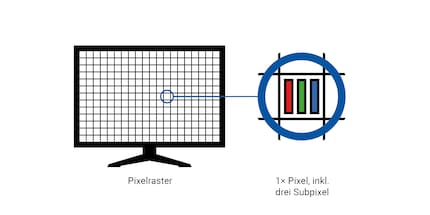
Source: Graphic: Sven Mathis
The fact that the reality is much more complex than the explanation above need not concern you at this point. What’s important is that there are currently two image technologies that you need to take note of:
- LCD
- OLED
In short, with LCD TVs, pixels create the image and a backlight – the LEDs – makes it glow. That’s why you often read about LED TVs in sales information. These are actually LCD devices with LED backlighting.
OLED TVs work differently: the LEDs themselves work as pixels. They not only produce the light, but also the image, which is why no additional LED layer is needed. This technology was largely made popular by South Korean manufacturer LG.
2: Which is better –LCD or OLED?
The rule of thumb is that LCD TVs are significantly brighter, while OLED TVs deliver a better picture. This is mainly due to the perfect black levels typical of OLED technology. They provide significantly better contrast and therefore richer, more vibrant colours. This gives LCD TVs an advantage in bright rooms. In darkened rooms, however, OLED TVs come into their own because brightness is secondary. OLED pixels also react faster than LCD pixels due to their technology, making them perfect TVs for gaming or watching sports.
«I usually watch TV in the evening when it’s dark anyway. So I’m definitely going to get an OLED TV. Let’s see how much one costs… Oh…»
OLED TVs may be superior in terms of quality, but they’re also generally a bit more expensive. Especially in the mid-range and low-price segments. As a result, sales are still significantly higher for LCD TVs than OLED devices. This in turn means that manufacturers still invest heavily in the research and development of LCD technology.
The best new LCD TVs are in the high-price segment, where they’re often even more expensive than OLED models. If you’re willing to spend more than 2,000 francs on a TV, I’d recommend an OLED – unless you mostly watch TV during the day or in a brightly lit room.
3: Quantum Dot and Mini LED – remember these two terms
I also have to explain two rather exotic pieces of TV jargon:
- Quantum Dot
- Mini LED
Quantum dot technology was popularised by Samsung, but other manufacturers also use it, calling it Triluminos (Sony) or Nano Cell (LG). Basically, quantum dots absorb the white LED backlight and change its colours (so they don’t lose their luminance, or «radiance»). Basically, imagine that quantum dots improve the contrast values of LCD TVs – and recently also OLED TVs. Ordinary colour filters, on the other hand, tend to weaken the brightness of the colours.
The second technological development concerns the backlight. Conventional LEDs can’t (yet) be made as small as LCD pixels. This means that thousands of pixels are arranged in front of an LED. In the past, this caused a «halo» around bright objects on a dark background. For example, when the moon in the night sky was illuminated by its background LED, the night sky around the moon glowed too.
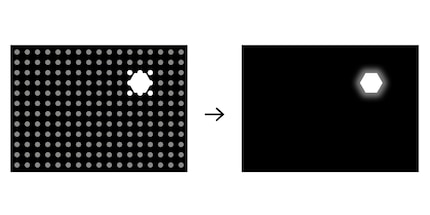
Source: Graphic: Sven Mathis
Manufacturers have now managed to develop ever smaller LEDs. The latest generation measures just a few micrometres and has a new name: Mini LED. This means that the brightness per pixel is controlled much more precisely. The halo hasn’t disappeared completely, but it’s barely noticeable. A positive side effect is that Mini LED also improves the contrast values and with them the colour reproduction of LCD TVs. However, Mini LED TVs are among the most expensive models on the market – and I personally still prefer OLED models.
Which TVs do I specifically recommend?
When I talk to our readers, I often find that they prefer a particular manufacturer before they make a purchase. That’s why it makes sense to give recommendations for each manufacturer in the high, medium and low price segments. This gives you a range of options that suits your budget and also allows you to better classify the TVs in terms of quality.
LG: the OLED expert
LG is a South Korean TV manufacturer and a big market player. Its greatest achievement is that it successfully established OLED TVs on the mass market in 2016. Almost all OLED TV manufacturers still source their OLED panels from LG, including well-known brands such as Sony, Philips and Panasonic.
Top-notch
LG OLED G4: Expensive? Yes. But in my test, the G4 turned out to be one of the best TVs I’ve ever seen. I was particularly surprised by the brightness, which is remarkable for an OLED TV. When in comes to peak brightness, even some mid-range LCD TVs seem outdated in comparison. Colour fidelity is outstanding. The processor is powerful and impressively upscales low-quality sources that don’t offer UHD resolution, such as live TV and sports broadcasts. Gamers also get their money’s worth with an impressively short input lag of just 9.8 milliseconds. There’s nothing this TV can’t do.
Mid-range
LG OLED C4: It’s actually an outrage to classify the C series as mid-range. Before the introduction of the G series, LG always presented the C series as its flagship. Now, LG’s integrated the best technology of the previous year into the C series, but is offering it at a much more attractive price. In terms of value for money, the C series almost always comes out on top. And yes, it’s also excellent for watching films and series, as well as for gaming. The big difference compared to the G series is the lack of the new microlens layer (MLA), which ensures very high peak brightness for OLED standards. For the time being, this is only available with the G series.
LG OLED B4: The B series is aimed at people who don’t have the budget for an expensive TV, but still have high demands on picture quality and a preference for OLED. It differs from its big brothers in that it has a slightly less bright panel and a slightly weaker processor. This leads to a slightly higher input lag of 10.6 milliseconds when gaming, for example. In addition, unlike in previous years, the B series now also has a 120-hertz panel, which is particularly important for gamers.
Basic
LG QNED 86: LG’s QNED series is the perfect choice for those on a tighter budget. These TVs feature quantum dot technology, which means you get a solid, bright TV with good contrast. A mid-range processor also ensures decent upscaling, while the 120-hertz panel makes gaming really fun.
Samsung: a gamechanger with QD-OLED, but also very good Mini LED TVs
Samsung also comes from South Korea and is the undisputed market leader in TV sales – it’s the largest TV manufacturer in the world. Interestingly, Samsung rejected OLED TVs for a long time because it was the only one who thought its technology wasn’t mature enough. However, for the last two years it’s also been heavily involved with QD-OLED, an exciting development in OLED technology.
Top-notch
Samsung QD-OLED S95D: a look into the future. Samsung is the first and only display manufacturer to produce OLED panels with quantum dots. This results in especially bright and colour-accurate OLED TVs. In fact, I’ve never tested a brighter OLED TV. What really blew me away, however, was the anti-reflective coating. Even in my bright living room, there were hardly any reflections, which means that the S95D easily outshines even LCD TVs. Thanks to an input lag of just 10.7 milliseconds, the TV is also ideal for gamers. There’s one small downside, though: Samsung TVs don’t support the popular HDR format Dolby Vision. This isn’t because they can’t, but because they simply don’t want to.
Samsung Mini LED QN95D: Samsung also advertises this TV as being absolutely top class. I haven’t tested it, but I have tested the 2022 version. So, I can say with great certainty that the QN95D is also an excellent TV for most situations. Its very high peak brightness makes it particularly good in bright rooms. In addition, the Mini LED backlight ensures remarkably deep black levels for an LCD TV, which enables excellent contrasts. But one thing’s for sure: it’s not cheap.
Mid-range
Samsung QD-OLED S90D: Similar to the LG C series, calling the S90D a mid-range device wouldn’t do it justice. The panel is barely different from the S95D, and only a trained eye could see the difference in brightness. It’s not important to me that the S90D doesn’t have a One Connect box. This is a separate box with all the connections – similar to a receiver – which ensures less cable clutter behind the TV. The much bigger drawback, however, is the lack of the really impressive anti-reflective layer. If you can live with that, you get almost the same TV as with the S95D – just much cheaper.
Basic
Samsung QLED Q70D: In recent years, Samsung has mainly been advertising its QLED TVs – LCD TVs with quantum dot colour filters. If there’s one manufacturer that’s perfected the technology to such an extent that you can get a more than solid TV, even in this price range, it’s Samsung. What you’ll miss out on with this model, however, is local dimming. So, the black levels could be better, and you can get the halo effect I mentioned above with bright objects against a dark background.
Sony: takes inspiration from others – and adds Google TV
Sony’s from Japan and sources its OLED panels from LG and its QD-OLED panels from Samsung. That may not sound particularly exciting, but Sony is really good at developing its own processors. And that’s crucial, because the processors are the brain of the TV – and no manufacturer builds them better than Sony.
Top-notch
Sony Bravia 9: a truly impressive Mini LED TV. Its enormous brightness really stands out – it’s by far the brightest TV I’ve ever tested – along with precise control of the dimming zones and natural colour reproduction, which make it a literal highlight. Compared to the OLED competition, however, the Bravia 9 shows slight weaknesses in terms of colour fidelity. Reflections are also clearly visible during the day, although the high brightness of the display compensates for this well in most cases. The processor, on the other hand, is fully convincing, especially when it comes to image optimisation and gaming. Google TV as the operating system rounds off the whole thing with comprehensive and user-friendly smart TV software.
P.S.: The Bravia 9 has been hard to get hold of all year. Unfortunately, it still is. We're trying to change that as soon as possible.
Mid-range
Sony Bravia 8: It’s quite possible that Sony wouldn’t agree if I called the Bravia 8 a mid-range TV. In fact, it’s a model from Sony’s 2024 OLED series, but it’s not an upgrade on the A95L, Sony’s QD-OLED TV from last year. I even called it the «king of TVs» in my test. Compared to LG’s C series, however, the Bravia 8 is a little less bright and not quite as well calibrated. That’s why I wouldn’t count it as top of the range. However, both LG’s C4 and Sony’s Bravia 8 have a 120-hertz panel and a very low input lag, which is particularly important for gamers. There’s also the typical, powerful Sony processor and Google TV. And in case you’re wondering, Sony probably won’t launch a real successor to the A95L until next year.
Sony Bravia 7: If I were to describe the Bravia 7 – a Mini LED TV – as the «little brother» of the Bravia 9, I wouldn’t be entirely wrong. The Bravia 7 is almost an exact copy, just a little bit slimmed down across the board. But it also costs significantly less, with fewer dimming zones, lower brightness, slightly less precise calibration and a slightly narrower viewing angle. What gamers need to know is that the TV has a 120-hertz panel and an acceptable input lag of 17.6 milliseconds.
Basic
Sony FALD X85L: Sony hasn’t introduced anything new in the low-price segment this year. So, I’m going to recommend my under-the-radar pick from last year again: the Sony X85L. Hardly any other TV offers a picture so sharp and high in contrast that you can hardly believe how cheap it actually is. Add to that an extremely solid processor (typical for Sony), excellent contrast, Google TV with integrated Chromecast and surprisingly powerful sound from the integrated speakers. This is definitely my favourite TV in this price bracket.
Philips: the cool eccentric one with Ambilight technology
Ambilight is the big unique selling point of a Philips TV. LEDs are built into the back of the panel, which illuminate the wall behind to match the image shown. This is intended to provide more immersion, and it can sometimes look like this. But even without Ambilight, Philips has really great TVs to offer.
Top-notch
I only have good things to say about the Philips OLED 909. Unfortunately, Philips only sells its flagship TV through specialist retailers, which is why I can’t offer a link to the product here. However, I’d like to mention that the 909 uses the same panel as LG’s G4 (both come from the LG Display factories). So, you can figure out roughly where we stand in terms of price and quality, even if you’ll probably have to add another one or two hundred francs because of Ambilight.
Mid-range
Philips OLED 809: Let’s continue the comparison with LG. While Philips’ OLED 909 is roughly equivalent to LG’s G series, the Philips OLED 809 can be compared to the C series. Interestingly, both TVs use an OLED Evo panel that comes from the same factory. However, Philips relies on its own processor, uses Google TV as its operating system and – of course – impresses with three-sided Ambilight. In this case, it’s less a case of the price or quality; it’s more your personal preferences regarding Ambilight and the operating system that ultimately influence your decision to buy.
Basic
Philips PUS 8909: Philips also calls this television «The One». Simple. Elegant. Clever. I think it is. There’s an interesting idea behind it: The One is aimed at anyone who doesn’t want to mess around with technical details or spend hours researching and is just looking for «a good TV that does everything important but doesn’t cost a lot». Voilà: The One supports all HDR formats, has a 120-hertz panel that’s relevant for gamers and even has three-sided Ambilight. If you don’t expect miracles from the processor or the picture quality, you’ll be happy.
Time for the verdict
For me, it’s clear: if your main concern is the picture quality of your new TV, you should go for a (QD) OLED device. However, if you don’t want to spend more than 1,000 francs on a large TV, it’ll be difficult. In this case, your only option is an LCD TV, especially if you tend to watch TV during the day or in bright rooms. That doesn’t mean that OLED TVs are unusable in bright light. Especially not Samsung’s S95D – on the contrary. But you’ll notice the difference in brightness pretty quickly if an OLED and LCD TV are next to each other.
I hope this guide has given you a new and better understanding of current TVs – or at least given you a rough idea of which TV might be right for you.
I write about technology as if it were cinema, and about films as if they were real life. Between bits and blockbusters, I’m after stories that move people, not just generate clicks. And yes – sometimes I listen to film scores louder than I probably should.
Practical solutions for everyday problems with technology, household hacks and much more.
Show all
